
Contact P/A regarding the valves 3 to 5.
Relay, PLC 100 V Reed switch Solid state switch PLC 100 V, 200 V Relay, PLC 12 V Yes Yes 24 V 2-wire Terminal conduit PLC 100 V, 200 V Relay, PLC DIN terminal Grommet Diagnostic indication (2-color indication) 3-wire (NPN) 3-wire (PNP) 5 V, 12 V 24 V IC circuit Grommet 100 V, 200 V 2-wire 12 V IC circuit 3-wire (NPN) 2-wire Terminal conduit 5 V, 12 V Relay, PLC 12 V 3-wire (NPN
QCR = V x x 10-3. Formula (1) QCR: Since the internal volume is different when the A/B ports are pressurized in vane type sizes 10, 15, 20 and 30, use formula (1). Use formula (2) for vane type sizes 50, 80, 100 and the rack-and-pinion type. P + 0.1013 0.1013 P + 0.1013 0.1013 QCR = 2V x x 10-3.
o o o I v o Turpentine o o o o V o tr Urea o o o I o o Water o D o o o o o o Zinc Chloride a o V V o o o Zinc Sultate V o o o o I Y 26 World Wide QS\E Support...
Refer to p.2.8-4 and 2.8-5 for the details of effective holding force and allowable overhanging distance. MHR MHK MHS MHC2 MHT2 MHY2 MHW2 MRHQ Auto switch 2.8-9 Series MHY2 Construction Closed 10 16 20, 25 r o !8 e w !7 t !5 r o !8 e !6 w @0 !7 t !5 r o !8 e !6 w @0 !7 t !5 !0 u !2 i q !1 !4 y !9 !0 u !2 i q !1 !4 y !9 !0 u !2 i q !1 !4 y !9 !
or higher +100 V to +400 V +30 V to +100 V Within 30 V 30 V to 100 V 100 V to 400 V 400 V or lower Light ON Positive Static neutralization completion Flash at 4 Hz Detects the electric potential difference and outputs in an analog voltage.
Pressure Switch: For Air ISE70/71 Series How to Order p. 6 Options/Part Nos. p. 6 Specifications p. 7 Set Pressure Range and Rated Pressure Range p. 10 Internal Circuits and Wiring Examples p. 10 Dimensions p. 11 Function Details p. 12 Safety Instructions Back cover 5 RoHS 3-Screen Display High-Precision Digital Pressure Switch: For Air ISE70/71 Series How to Order ISE70 02 M L2 Pressure
2-wire A93 A93V 12 V 24 V A73C A79W Connector Grommet Diagnostic indication (2-color indication) 3-wire (NPN) 3-wire (PNP) M9N M9NV F79 F7NV IC circuit 5 V, 12 V Grommet M9P M9PV F7PV F7P M9B M9BV F7BV J79C J79 12 V 2-wire Connector Solid state switch 3-wire (NPN) 3-wire (PNP) F9NW F9NWV F7NWV F79W 24 V IC circuit Relay, PLC Diagnostic indication (2-color indication) 5 V, 12 V F9PW F9PWV
Indication Item Output Setting, selection and display CH1 circulating fluid temperature 0C to 100C: 0 to 10 V CH2 circulating fluid Analog temperature 0C to 100C: 0 to 10 V (1) Analog output signal 1 Output 1 CH2 electrical conductivity 0.1 to 50.0 S/cm: 0.02 to 10.0 V CH1 circulating fluid temperature 0C to 100C: 0 to 10 V Analog CH2 circulating fluid temperature 0C to 100C: 0 to 10 V (2
0.8 V or less 3 V or less 14 Vorless Leak current 24 VDC: 10).1A or less 24 VDC 10).1A or less 24 VDC: lmA or less 100 VAC: 1mA or less 200 VAC: 1.5mA or less Indlcetor lamp.
Air operated style fluid control valve Vacuum valve Vacuum pad 2(A) 1(P) 2(A) 1(P) 2(A) 1(P) 2(A) 3(P) 3(R) 3(R) 3(R) 1(R) Atmospheric air or micro pressure for vacuum release 22 Multi-purpose Valve Series VCA Direct Operated 2 Port Solenoid Valve for Air Improved durability (Nearly twice the life of the previous series) Operating resistance of moving parts reduced for improved longevity
FH342 AG-12H-W Water-glycol, Emulsion AG-12H-V Phosphoric ester 510 A Line Filter FH34/44/54/64 Series How to Order FH 03 3 40 0 0 0 P 005 L Made to Order Hydraulic filter Nil X0 None (Standard) Operating pressure (Max.)
Brown Brown Load Load Switch 1 Switch 1 Blue Blue Brown Brown Switch 2 Switch 2 Blue Blue Load voltage at ON = Power supply voltage Internal voltage drop x 2 pcs. = 24 V 4 V x 2 pcs. = 16 V Load voltage at OFF = Leakage current x 2 pcs. x Load impedance = 1 mA x 2 pcs. x 3 k = 6 V Example: Power supply is 24 VDC Internal voltage drop in switch is 4 V. Example: Load impedance is 3 k.
-l ~ / /o~la ~ / /v 0.7MPa ~ /-Y ~0.04 V ~ 0.04 f-i-,I"''---c,..-f'''---c-l---l-l ~ /~/ VI Q) a. 0.3MPa_0.5MPs_ ~ 80021-W'--+---+---+0.3MP.~-1__1 ~ Max.fIowline ---o.7MPa 8 0.02 Max.fIow line ~~_-0.5M!,a -I _:---..
q e r q e r q e r q e r w w w w 125 Process Gas Equipment / Diaphragm Valve Specific Product Precautions Be sure to read before handling.
Inch 1(P), 3/5(R) port: 5/16" 4(A), 2(B) port: 5/32", 1/4" Weight W (g) Note 2) Made to Order Made to Order (For details, refer to page 411.)
No code 0 FV4 V3 L 1 e w q w q -30in.Hg to 30psig -30in.Hg to 60psig -30in.Hg to 100psig -0.1 to 0.2 MPa -0.1 to 0.4 MPa -0.1 to 0.7 MPa With pressure gauge 2PW 3PW qIN wOUT eGauge port(Outlet) 2) Refer to gauge guide (P.94) for gauge specifications.
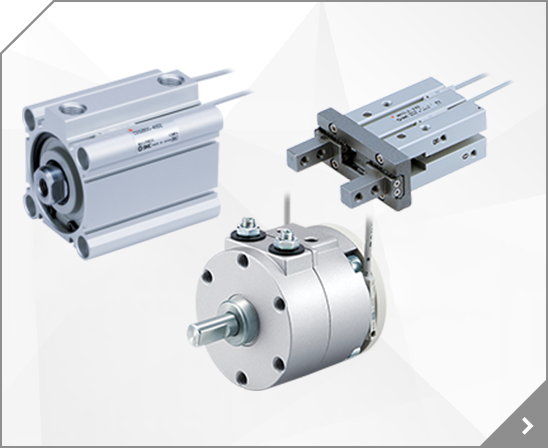
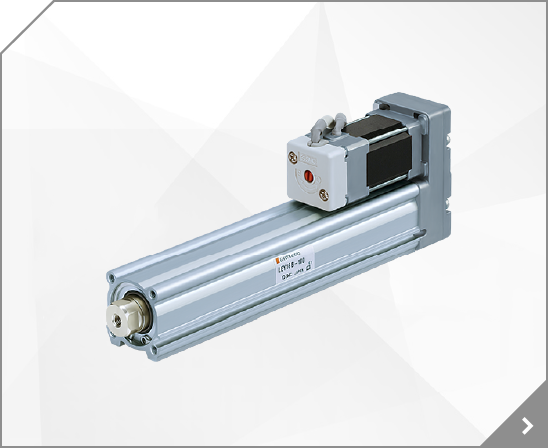
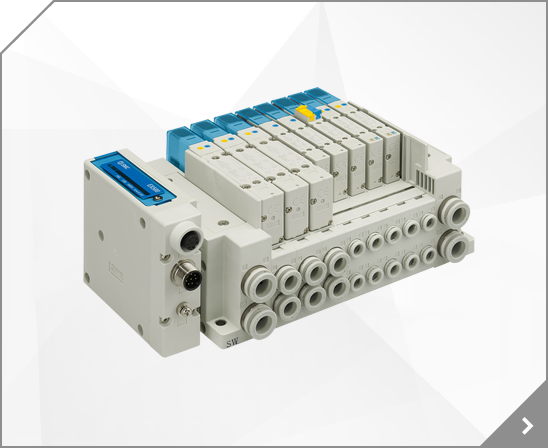
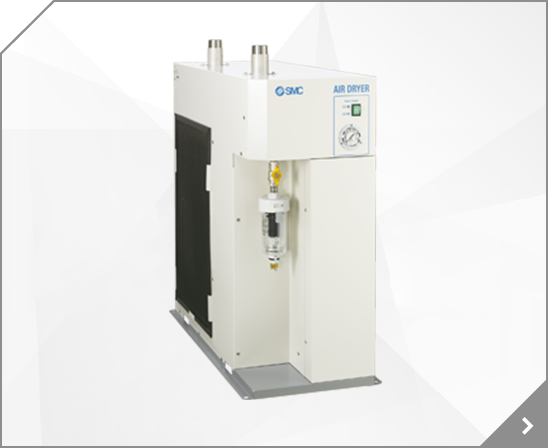
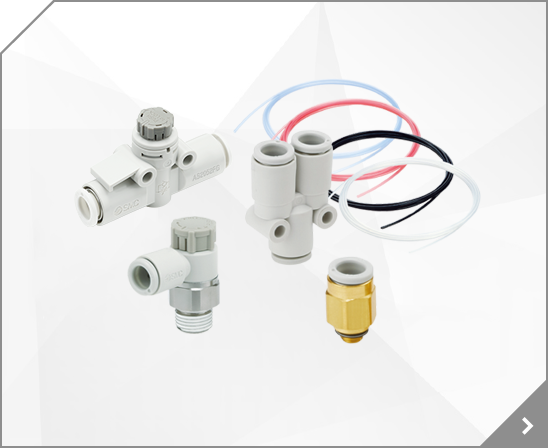
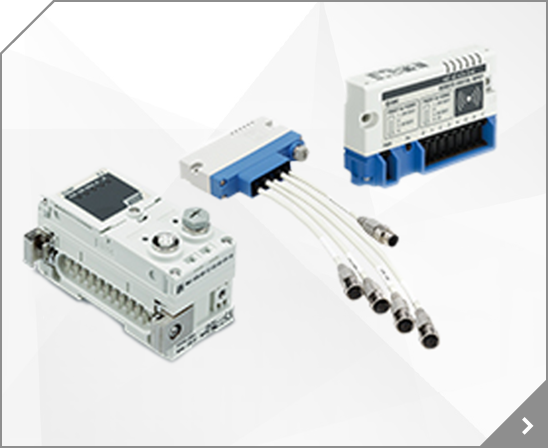
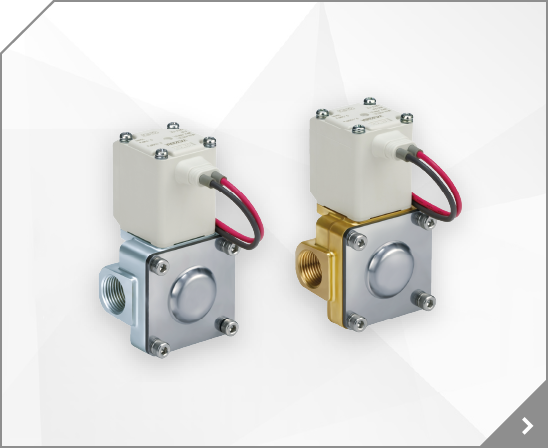
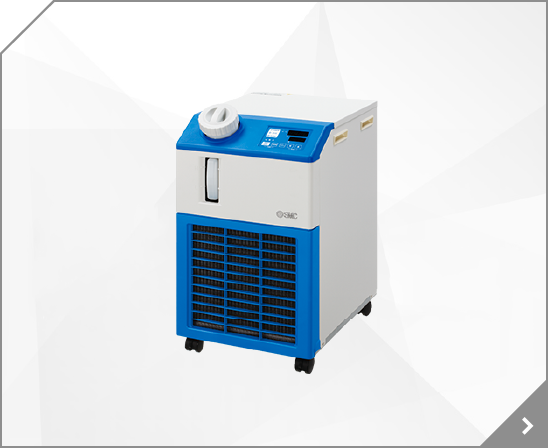
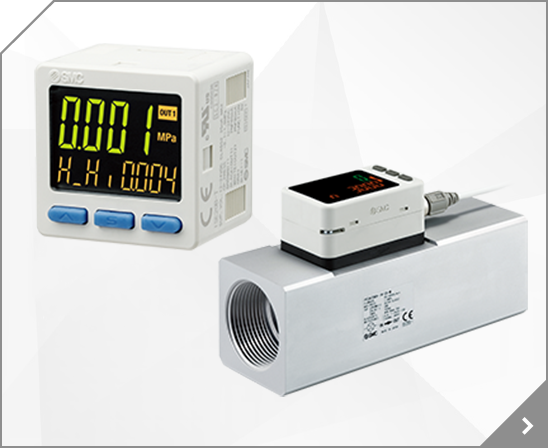
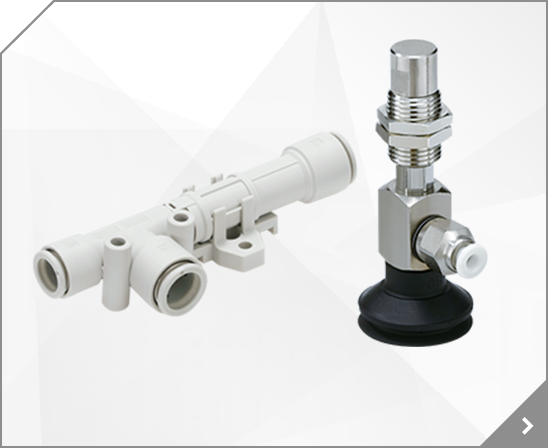

 Low Maintenance Filter Series FN1
Low Maintenance Filter Series FN1